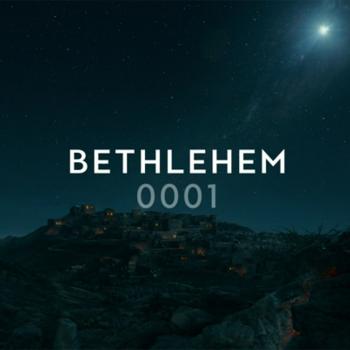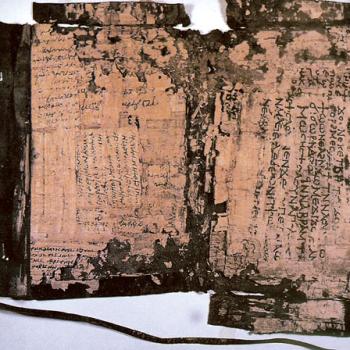It is a fascinating idea, and it does indeed seem to be true that almost all of the interest in the texts from Nag Hammadi has focused on them as evidence for the earlier history of Gnosticism, and not on the significance of those texts for the Christians who used them in the time in which the manuscripts were copied, read, and buried. Hugo Lundhaug of the University of Oslo is the principal investigator for the project, and has been awarded a European Research Council Starting Grant to fund the research. The project’s title is “New Contexts for Old Texts: Unorthodox Texts and Monastic Manuscript Culture in Fourth- and Fifth-Century Egypt.”
All those of us with interests in the history of Christianity and/or of Gnosticism will agree in congratulating the grant recipients and in looking forward to the fruits of their research.













